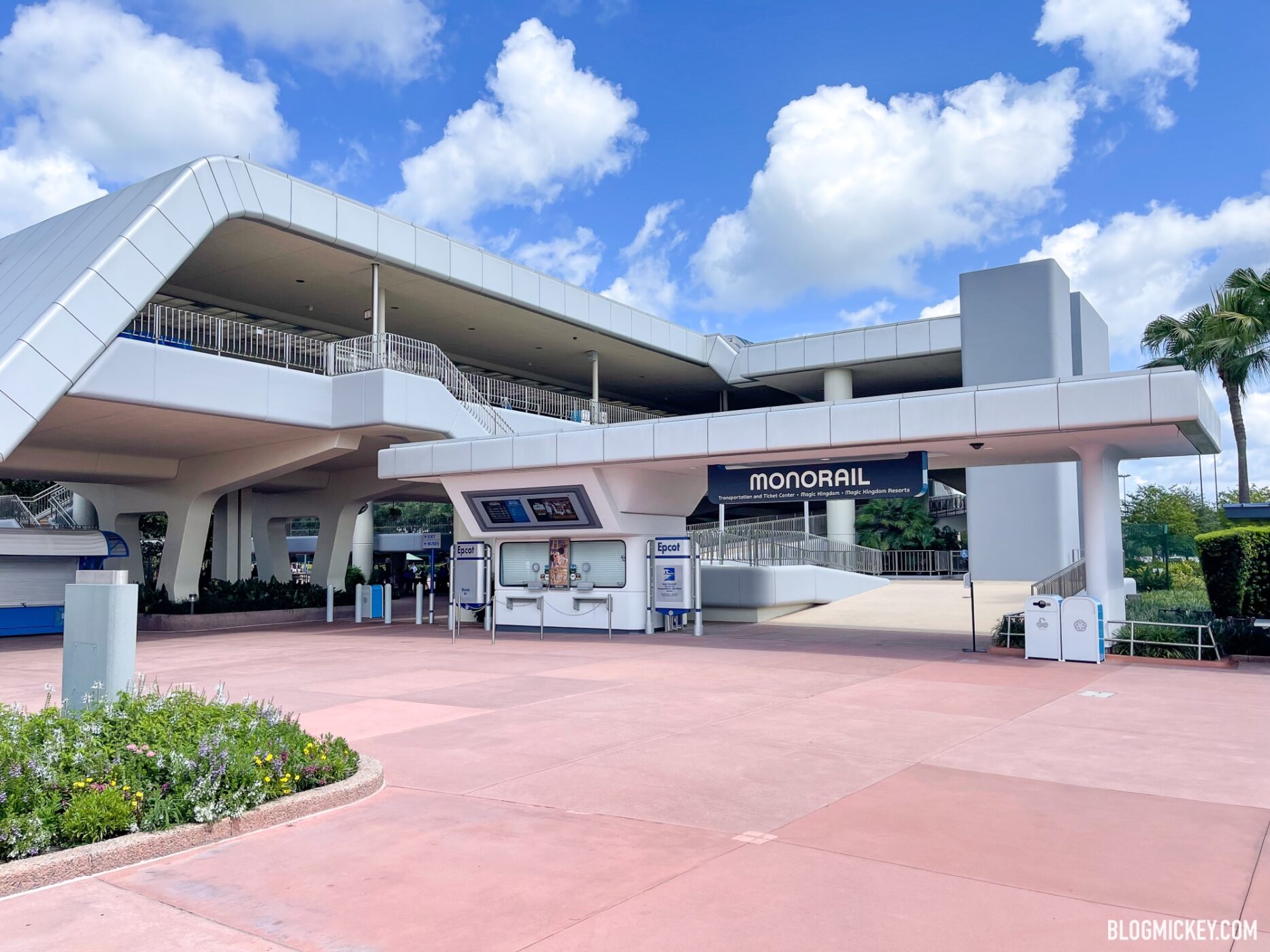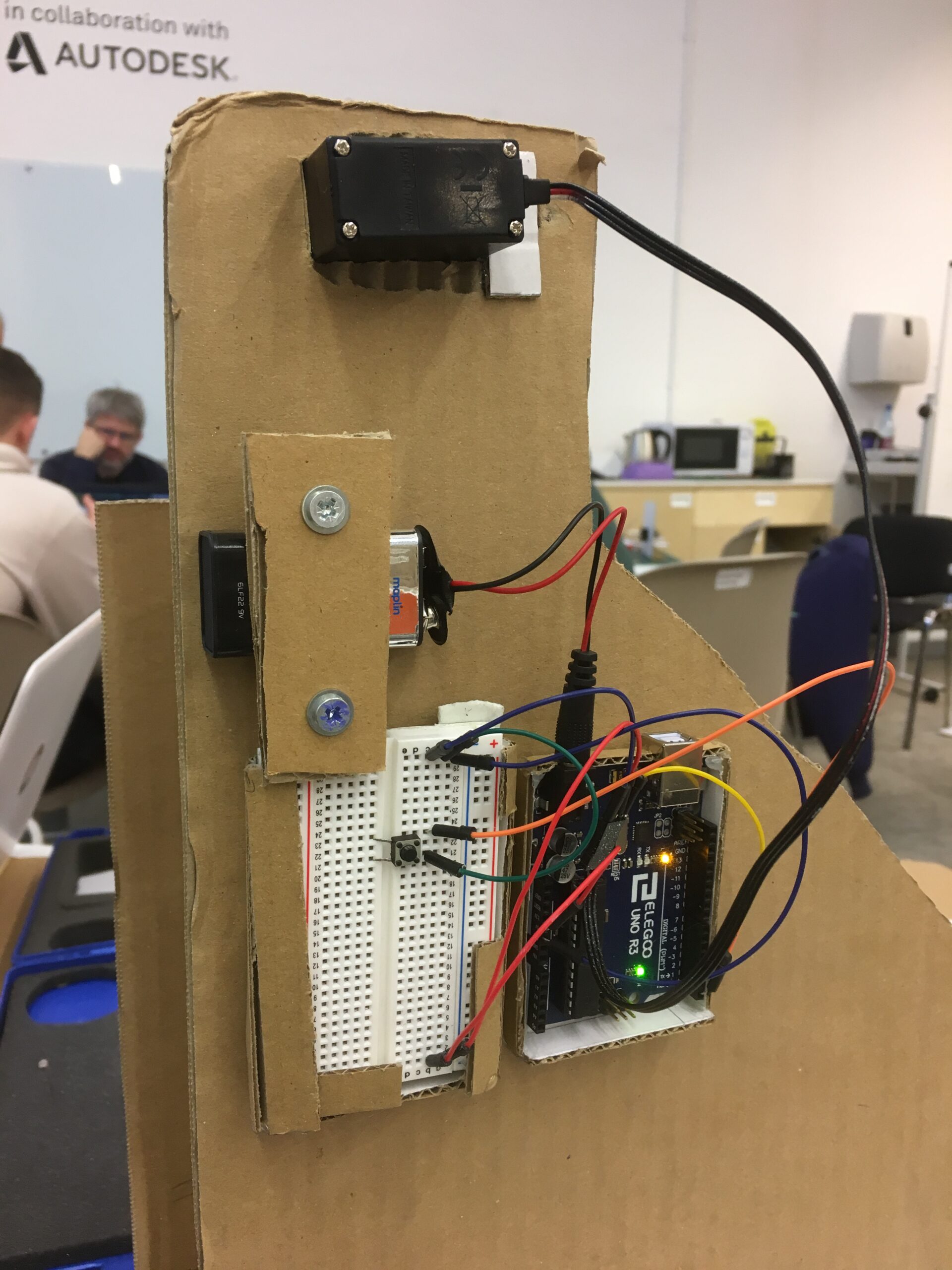This is the first in a series of short posts I will be writing on topics from my weekly design and technology class. In homage to The Anthropocene Reviewed, because the structure of these articles reminds me of Green’s thoughtful essays, I will also be rating each topic on a five-star scale.
When it comes to my relationship with design, all roads inevitably lead to theme parks. So, when presented with a documentary on Zaha Hadid’s architectural work, my first question was Did she influence the EPCOT monorail station?

The answer, it turns out, is probably not. EPCOT’s monorail station at Walt Disney World opened in 1982, about a decade before Hadid’s first project was brought to life. However, the two are connected, not by direct influence on each other, but by a shared postmodern style: deconstructivism.

Deconstructivism, an architectural style brought to public attention in the early 1980s, fragments non-rectilinear shapes to create an effect of dislocation. It is not wholly correct to describe the EPCOT monorail station as deconstructivist, but enough similarities exist to suggest why the station’s stylistic elements work.
The emotional connotations of deconstructivism are a topic of great debate. Chaotic, distorted forms are how authors write you into unease, how artists paint agitation, how set designers unsettle you before the play even begins. It seems obvious, then, that applying such techniques to architecture should produce similar results.
But neither EPCOT nor Hadid’s work, nor any deconstructivist building I have seen, leads me to anything other than a sense of awe.

There is an inherently innovative quality to an architectural style centred on breaking the notion of harmony. Even with no knowledge of architecture, one can see the boundaries of human contribution challenged.
EPCOT – which was once an acronym for the Experimental Prototype City of Tomorrow – is built around the wonder of human contribution. Like any theme park, it relies on sensory cues to build atmosphere; it is no surprise that to invoke this futuristic mood, it uses architectural forms that feel inherently new. In fact, I had always assumed the EPCOT monorail station was constructed within the 21st century, until grainy footage from 1982 surprised me with the same station that welcomes guests to EPCOT today.
Whether because of highly intentional design or simply because I have a penchant for romanticising theme parks, when I look at deconstructivist work, I see the same hopeful innovation of EPCOT. It is a visual promise that we are building our future, and that the human experience is better today than it was one or ten or twenty years ago because we built this future too.
I give deconstructivism four stars.





Leave a Reply